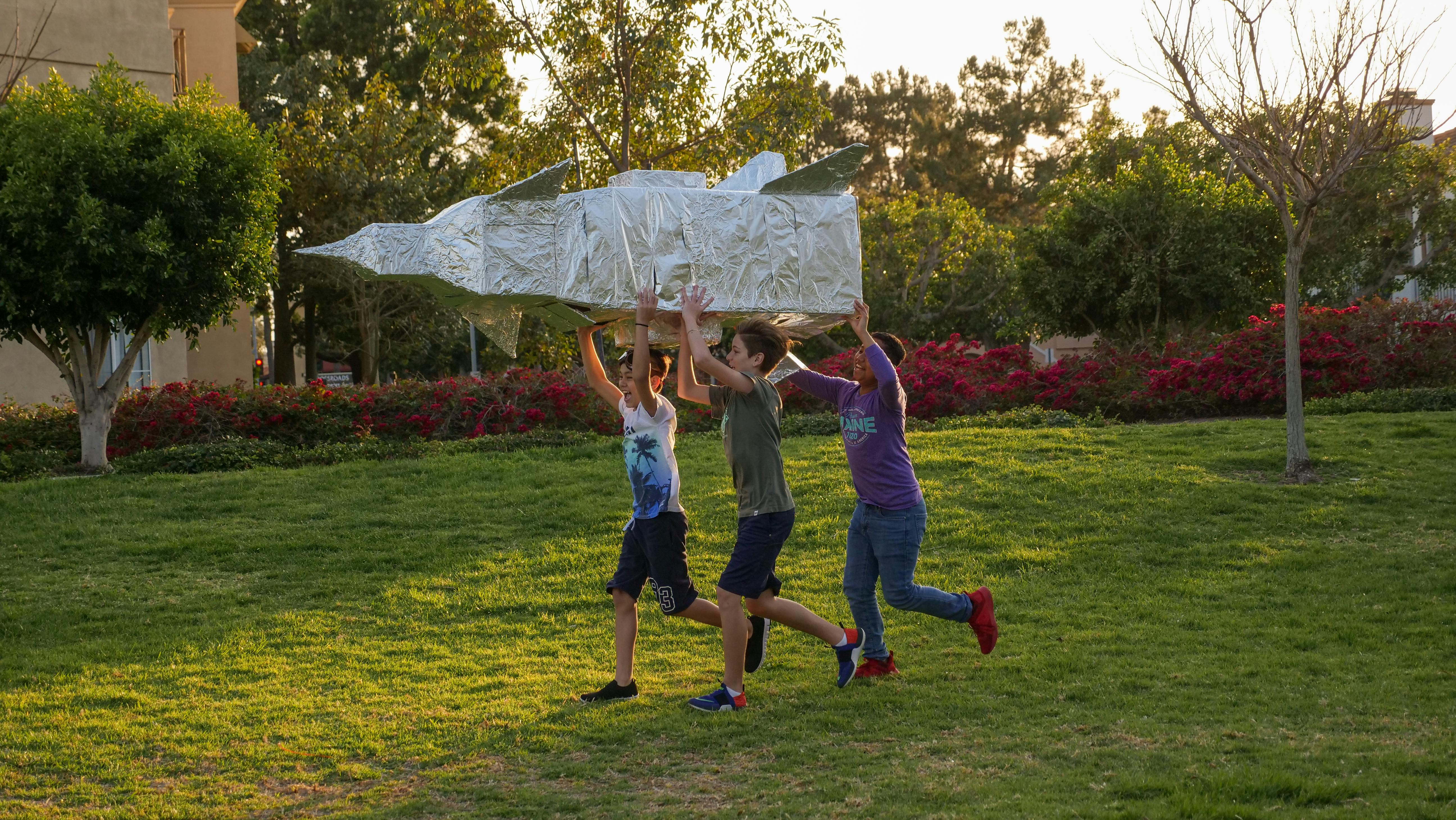Hydroseeding, as defined by R&M Properties and Renovations LLC, is “the process of adding seeds, fertilizers, bonding agents, wood mulch, and water in the correct proportions to the tank of a hydroseeding machine.” There are a few other alternatives for a more environmentally friendly hydroseeding approach. Instead of using a tackifier, the component is called cellulose and consists of a recycled paper mix shredded into a pulp mix. This blend is biodegradable and can be added to established lawns for a thicker, healthier appearance or for new properties without previously installed lawns. The greatest benefit of hydroseeding includes limiting soil erosion and producing an efficient alternative to installing turf.
Each component of the hydro-seed mix contributes to the overall success of seed germination. For example, the mulch layer clings to seeds and soil while storing moisture. This advantageous environment creates space for the seeds to grow and produce healthy grass in two to three weeks. The best time to apply hydroseeding is during the months of March to May.
There are also different types of hydroseeding mixes. Hydroseeding centipedes actually takes longer to fully outgrow a lawn and grows slower than Bermuda grass. However, the centipede has a decent growth record in less nutrient-laden soils and has a greater chance of surviving the hot summer months. To fully cover an area, it can take two growing seasons for the centipede to become well established. Centipedes will appear brown and dormant during the winter months, but they should grow healthy and green when given the necessary amounts of water and fertilizer treatments.
Hydroseeding is applied by means of a high pressure hose attached to the spraying machine, which evenly distributes each element in the landscape. After applying the hydro-seed mix, routine watering and cutting should be practiced. During the first weeks, the lawn should be constantly watered three to four times a day for fifteen minutes, especially in hot weather. The grass can be cut once the blades are about one to two inches tall. Cutting a third of the blade will ensure healthy grass growth.
